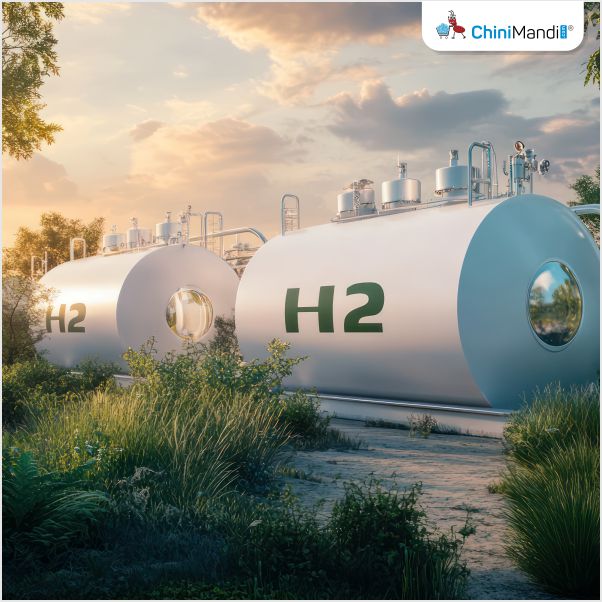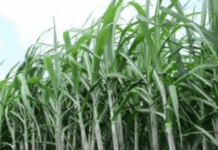Scientists at the Ulsan National Institute of Science and Technology (UNIST) in South Korea have found a new and eco-friendly way to produce hydrogen fuel using waste from sugarcane and sunlight. This new method could help lower pollution and offer a cheaper, cleaner alternative to traditional fuels, reports Farmers Review Africa.
The research team discovered how to turn bagasse—the dry, fibrous material left after sugarcane juice is removed—into hydrogen fuel. Their work was recently published in the journal Nature Communications.
Sugarcane is widely grown around the world. After the juice is taken out, the leftover parts are often thrown away or burned. But the scientists at UNIST found a way to make good use of this leftover material. They created a system that uses sunlight and sugarcane waste to make hydrogen, a clean fuel that produces only water when used, unlike fuels that release harmful gases.
The process involves a special device that uses sunlight to start chemical reactions. The scientists used a substance found in sugarcane waste called furfural. With the help of a copper surface, they turned it into hydrogen gas and furoic acid, which is used in food and medicine.
What makes this system different is that it can make hydrogen on both sides of the device, which means it works faster and better than older methods. It also does not release carbon dioxide. In tests, it produced hydrogen at a speed nearly four times higher than the goal set by the U.S. Department of Energy.
To make the system last longer, the researchers covered parts of the device with nickel and glass. They also made sure the part that collects sunlight stays under water, which helps keep it cool and stable for longer periods.
This discovery could be especially helpful in countries that grow a lot of sugarcane. Instead of throwing away or burning the plant waste, it could be used to make clean fuel. This would reduce pollution, use natural resources more wisely, and create new job opportunities in clean energy.
“By combining sunlight with sugarcane waste, we’ve created a system that’s both sustainable and highly productive,” said one of the lead scientists.
As the world looks for cleaner sources of energy, this new method shows that even farm waste can help build a better, less polluted future.

















